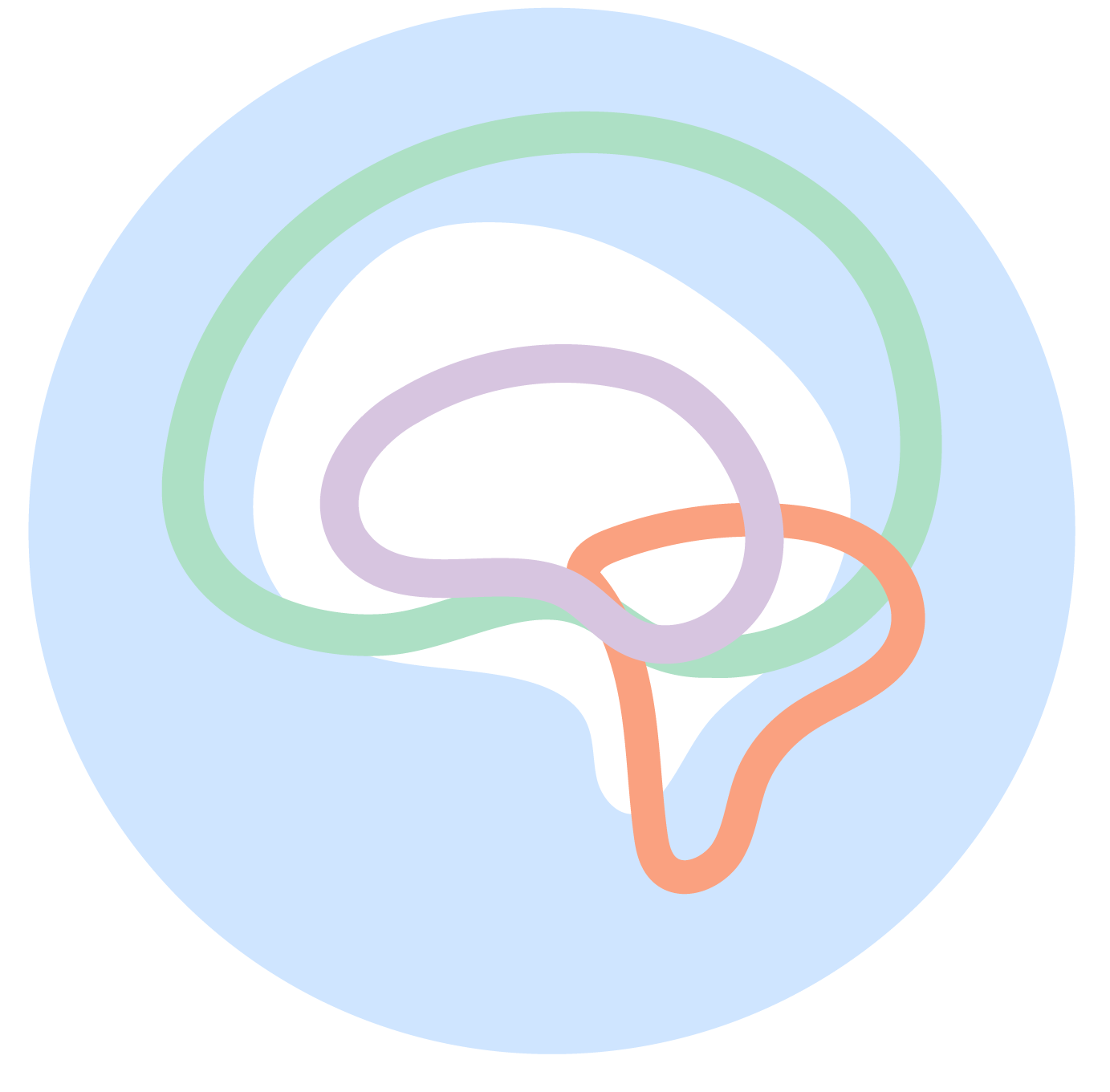Healing with Art for Ukraine Child Refugees
The physical, emotional, and social effects on the children caught in the middle of it all
By now, most of you have probably either seen or come across the images of children and families devastated by war in Ukraine. Dial the clock a few years back and you may also remember the harrowing photos of children separated from their families by the recent family separation policy enacted in the US in June 2018. And for some who can recall in 2016, you have also probably seen the video that details the rescue of a young boy in Aleppo. Sadly, this is not the first or last time that children will be caught in the middle of such chaos.
Unfortunately, images like these tend to lose their value and become old news in a matter of days, no matter how gut-wrenching and horrific. We tend to forget quite often and too soon. Tragic experiences become sensationalized for the moment, and we move on to the next interesting headline.
As a clinician, I often linger on these silent but powerful images. I become interested in what happens to people after their experiences with trauma, and how their lives might play out hereafter. I grow heavily worried about what it means to be a child survivor of warfare or a traumatic family separation. I also grow increasingly concerned about how this pivotal experience in early childhood will contribute to future maladaptive developments in one's cognitive, psychological, social, and emotional functioning.
There is ample research to date that suggests how adverse childhood experiences (ACEs) are detrimental to one's physical and psychological health, often showing its negative effects well into adulthood. ACEs become high-risk factors for more serious mental illness, such as Posttraumatic Stress Disorder, Major Depressive Disorder, and Schizophrenia. An article focused on this very topic where refugees are found to be at increased risk for developing psychosis symptoms. Examples of ACEs can vary from bullying by peers in the school setting, witnessing domestic violence, witnessing war, physical abuse, sexual abuse, to hearing about something bad that has happened to another person causing marked and intense fear in the individual. In addition, there is a dose-response relationship that has been noted; that is, the greater the amount or increased total duration of lifetime ACEs, the more likely one is at risk for developing a serious mental illness.
How do we effectively intervene? This is where I dare you, the reader, to become an active member of your global community and find a way to contribute to the improvement of children’s mental wellness.
Healing with Art
We have known for some time now that art has positive effects on our physical and mental wellbeing. Through creative activities such as music, visual arts, performance/movement, and writing/poetry, people of all ages and backgrounds have found emotional solace and comfort in art. Research has further shown that “creative engagement can decrease anxiety, stress, and mood disturbances.” This is at the heart of My Good Brain’s mission, and I believe this is how we can help the war-torn children of Ukraine right now.
How You Can Help Bring Art & Healing to Children from Ukraine
This March, My Good Brain encourages you to support both local and global nonprofit organizations that are doing the incredible and important work of mental health interventions for children and youth affected by the war in Ukraine. We have created a list of organizations below that are currently providing psychosocial support through art therapy and individual psychotherapy to children and their families to help you get started:
With your support, we hope to be able to ease some of the feelings of uncertainty, fear, hopelessness, grief, and anxiety among the most vulnerable of Ukraine’s child refugees during this time.



